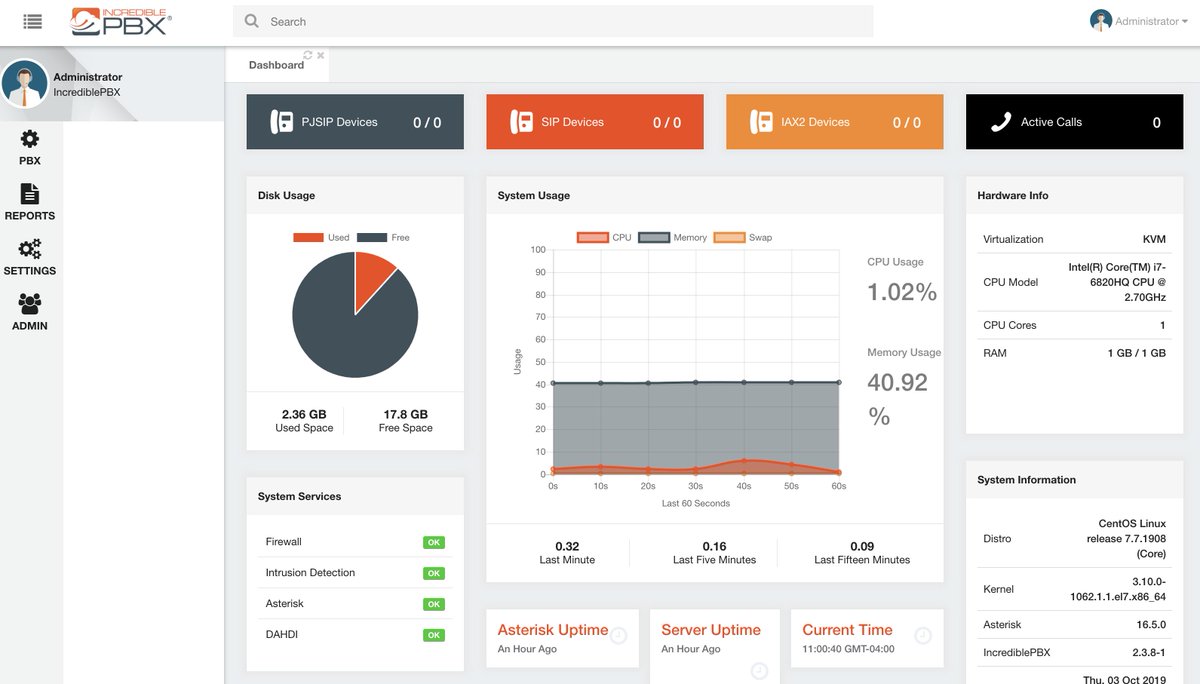Introducing Incredible PBX Custom Contexts for VitalPBX
Last week we introduced Incredible PBX for VitalPBX 2.3.8 to the Asterisk® community. And today we’re pleased to present the first of many Incredible PBX® add-ons, Allison’s DEMO IVR featuring text-to-speech and voice recognition utilities that take your Asterisk PBX to a whole new level. When we’re finished, you’ll have Headlines News, Weather Reports, Today in History, Wolfram Alpha, Voice Recognition apps to call people in your AsteriDex phonebook and to call anyone else by simply speaking the number to… Read More ›



